‘Tarnanthi 2021’ at the Art Gallery of South Australia What’s in a word? The word ‘tarnanthi’ in the language of the Kaurna people, the traditional owners of the Adelaide Plains, means to spring forth or appear – like the sun and the first emergence of light. It is the name given to the festival of contemporary Aboriginal and Torres Strait Islander art at the Art Gallery of South Australia and spreading to other participating venues. It commenced in 2015 and its sixth iteration opened in October 2021. However, the word ‘tarnanthi’ is not simply a snappy title, but according to its artistic director, Nici Cumpston, it also represents a new curatorial attitude. Cumpston writes in the lavish exhibition catalogue, “this curatorial approach is far from conventional. Western museology dictates that the curator is author and grand selector … Tarnanthi jettisons this way of working in favour of a practice that encourages excellence and innovation to spring forth and appear.” The curator becomes like a participating collaborating artist and a more collaborative, organic and fluid approach evolves for the selection of participants and exhibits. The proof of the curatorial pudding always lies in the exhibition and this one is interesting. There is some unexpected work from some well-known artists, including Nyunmiti Burton, Teho Ropeyarn, the irrepressible Kaylene Whiskey, Maree Clarke, Alec Baker, Angelina Karadada Boona and John Prince Siddon. There are also some fairly ‘predictable’ pieces from Kathy and Tracey Ramsay, Julie Gough, Kent Morris and Doris Bush Nungarrayi. Then there are some unexpected highlights, brilliant pieces from less well-known artists, including Timo Hogan, Minyma Kutjara Arts Project, Gail Mabo, Karen Mills and Waringarri Aboriginal Arts. The visual excitement of the exhibition in part lies in its freshness and unpredictability and in part in the exceptional calibre of some of the exhibits. For example, the room full of Tiwi papers is simply breathtaking. Unglazed and in a dense salon hang, there are some great works by some iconic and interesting emerging artists including Timothy Clark, Kaye Brown and Alison Puruntatameri. One of the most quirky and memorable installations at the show is the Minyma Kutjara Arts Project – Mutaka (motor car). The eight artists from the remote Irrunytju community in South Australia near the tri-state border have picked up oil sumps from abandoned cars, added pram wheels and painted them as cars with their passengers and personalised narratives. A rusty car bonnet serves as a panel for a useful hand drawn map of the area and an animated video with these painted cars relates a broader narrative. All sorts of post-colonial narratives can be attached to these exhibits and there is the strong stamp of authenticity – of being there and bearing witness to the sense of place. It is also a lot of fun. Another installation that was surprising and unusual was that by the Waringarri Aboriginal Arts artists. Carved boab nuts have long been the backbone of the tourist trade in outback Australia. Here nine artists have been commissioned to carve a large number of birds on boab nuts and these have been suspended from the wall on ingenious copper rods at various distances from the wall. There is a wonderful play between the objects and their shadows so that the flock appears to glimmer as it flies off the wall. Timo Hogan’s Lake Baker is a huge painting some three metres high and six metres across. It is an amazing piece with a fantastically detailed snake and textured white surfaces against a black background. The more time I spent with it, the more I was seduced by its magical spiritual presence. Although his star in recent times has been in ascendency, this painting makes a strong claim for his standing as a major artist. Alec Baker is deservedly one of the big names in the show and is the senior artist at Iwantja Arts. His Kalaya Tjina (Emu Tracks) is a suite of sixteen paintings – each a meditation on country. He has a complete certainty of touch knowing exactly where to place the mark. The series is initially a mesmerising experience and subsequently a gateway to meditation. The painting by Nyunmiti Burton of the Seven Sisters was one of the big surprises at the exhibition. I usually associate her work with very tight carefully articulated pieces, but now there is a breadth and freedom with gestural swirls so that the ancestral travellers appear to take off and defy terrestrial gravity. Angelina Karadada Boona’s Wandjina images are growing gradually more ethereal as they are created with the materials from the land from which they arise. She captures perfectly the sensation of something emerging out of the spiritual realm to become visible but ready to retreat back into a timeless dimension. There is always a danger when reviewing a show of this nature to plunge into a catalogue of exhibits enhanced with a bit of a verbal commentary. Sadly, that by its very nature is somewhat boring and this exhibition is anything but boring. There is a great fecundity of invention throughout the show, a vitality and sense of urgency. Tarnanthi 2021
Art Gallery of South Australia, Adelaide 15 October 2021 – 30 January 2022
0 Comments
|
GRISHIN'S ART BLOG
Sasha Grishin AM, FAHA is the author of more than 25 books on art, including Australian Art: A History, and has served as the art critic for The Canberra Times for forty years. He is an Emeritus Professor at the Australian National University, Canberra; Guest Curator at the National Gallery of Victoria, Melbourne; and Honorary Principal Fellow, Faculty of Arts, at the University of Melbourne. Archives
June 2024
Categories
Keep up-to-date with Sasha Grishin's blog with the RSS feed.
RSS offers ease of access and ensures your privacy, as you do not need to subscribe with an email address. Click here to download a free feed reader |

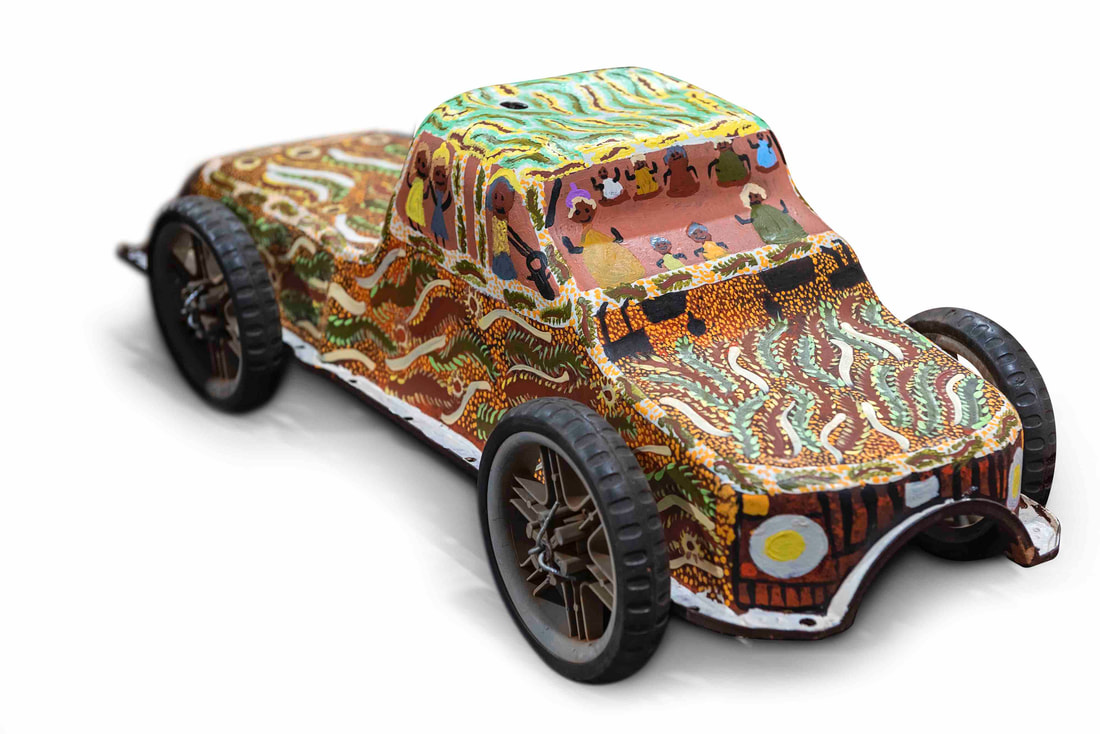

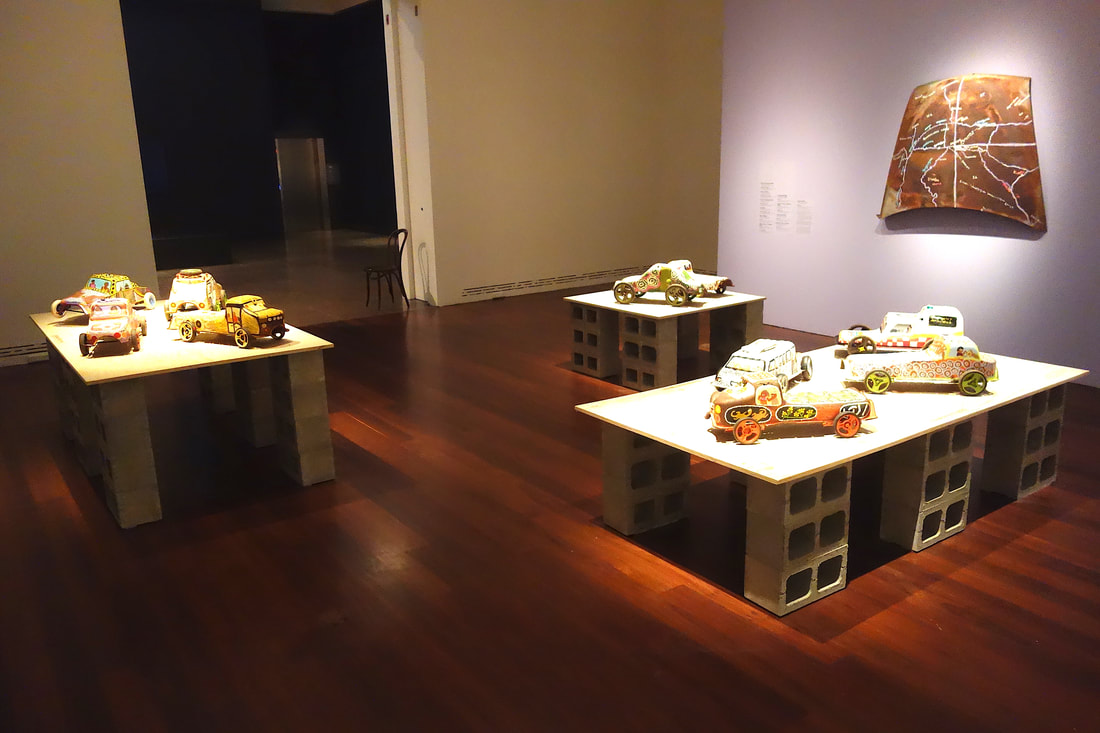
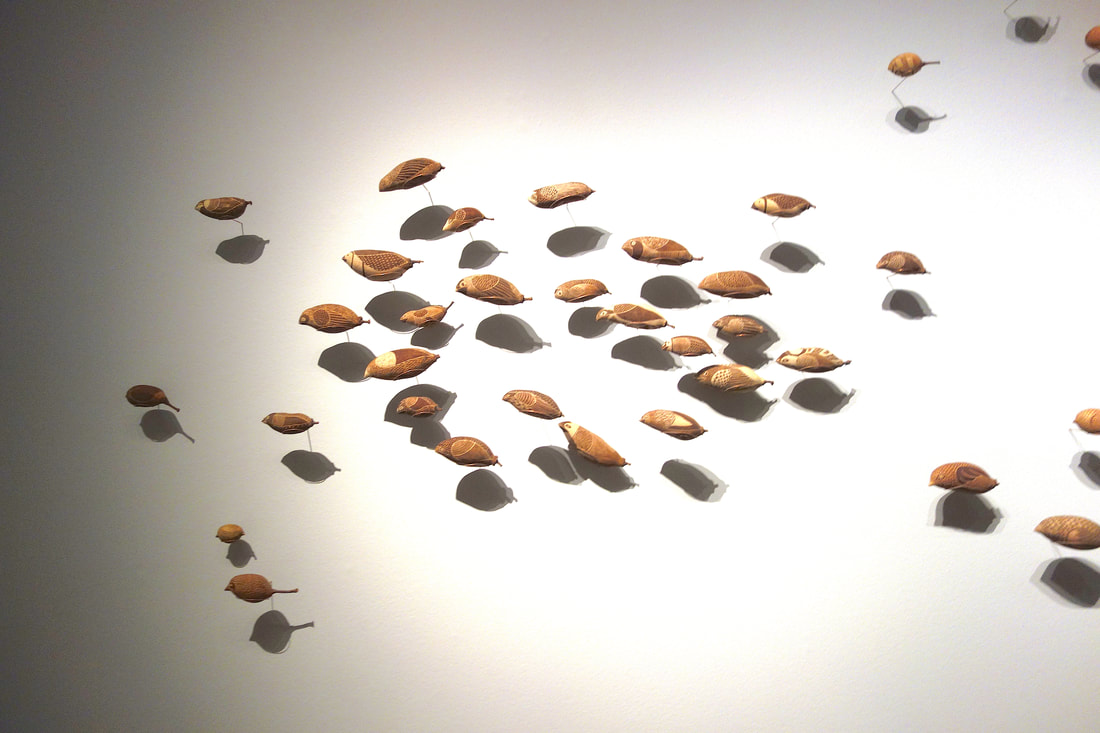
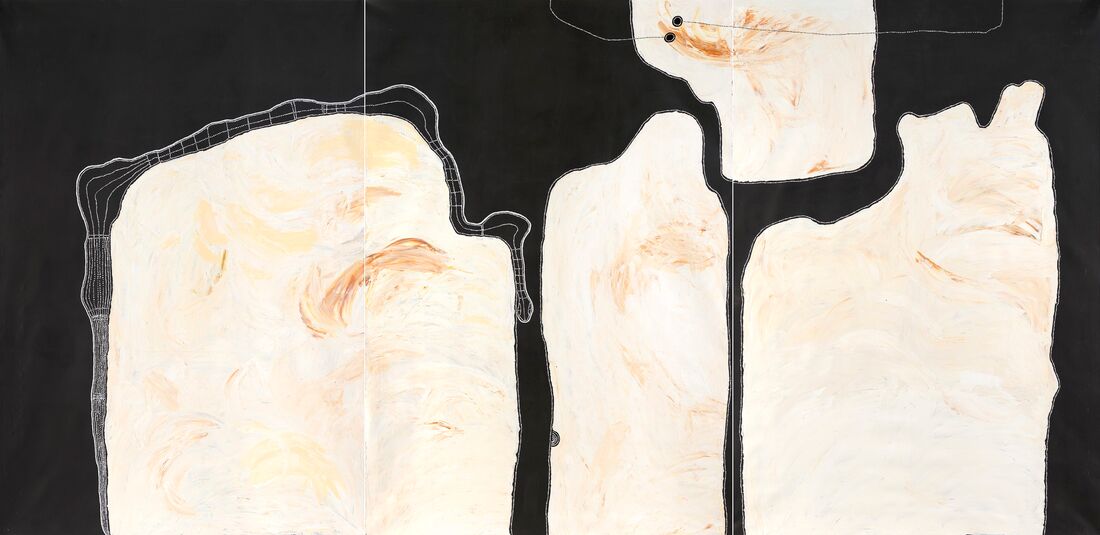
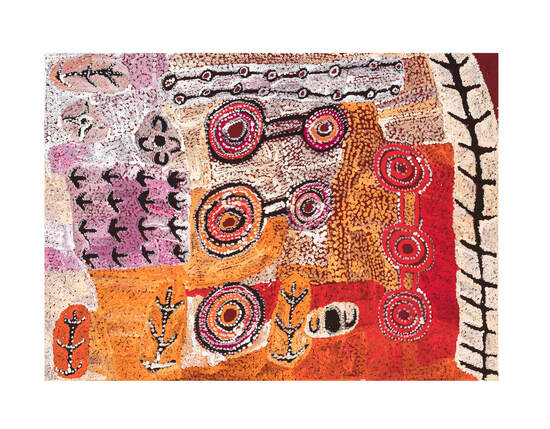
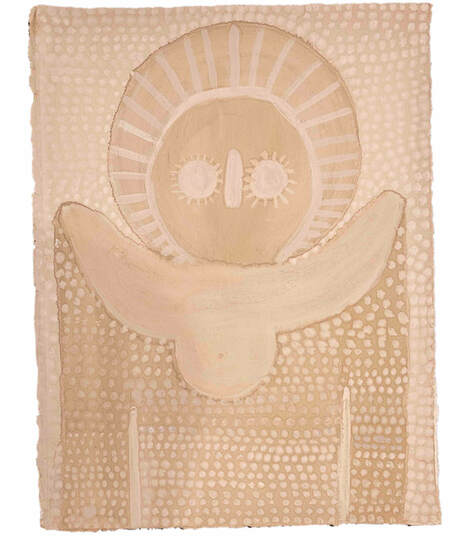
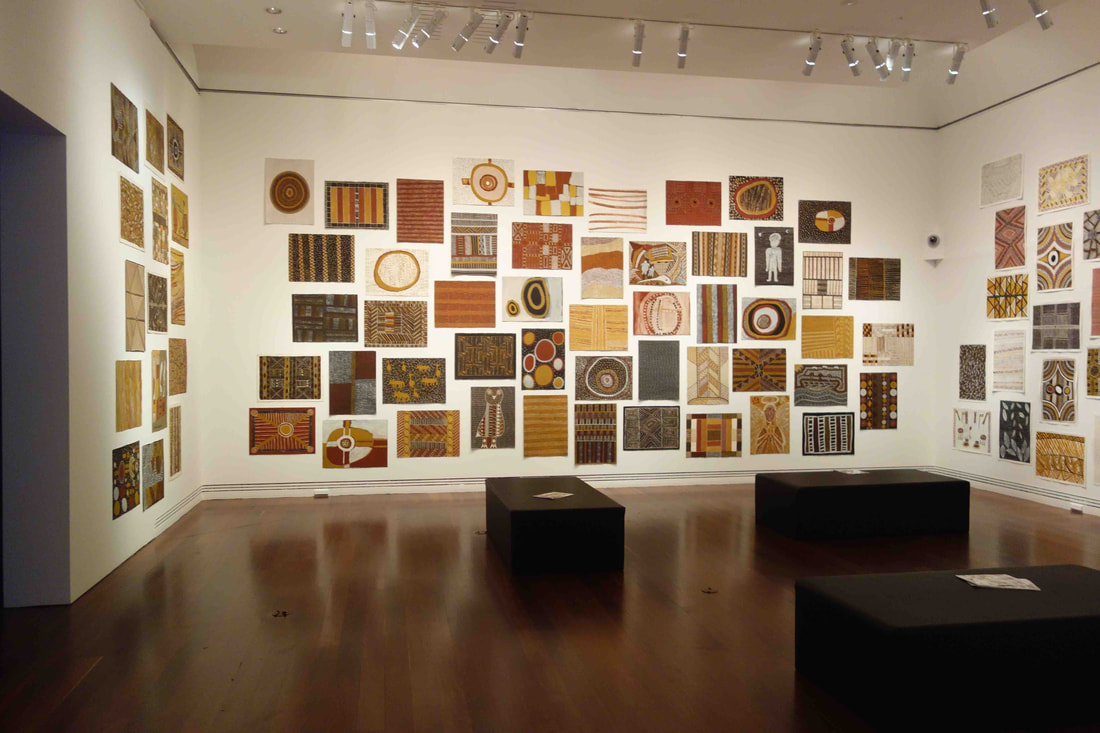
 RSS Feed
RSS Feed